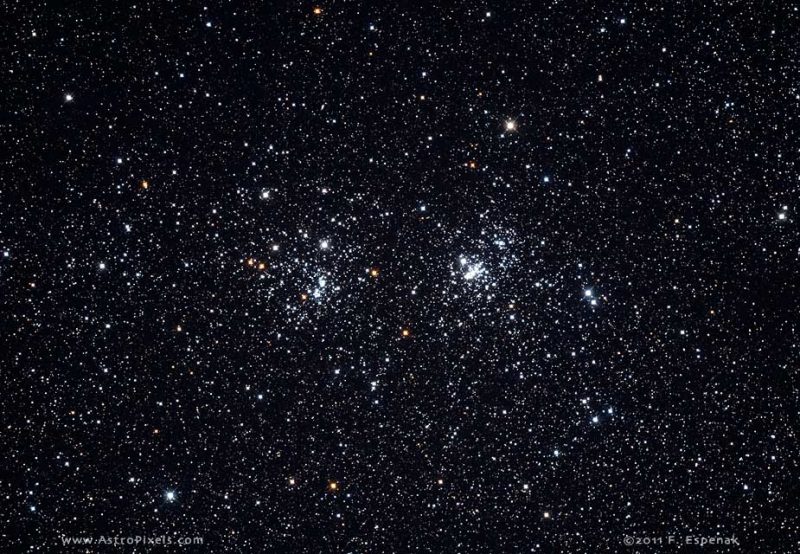TheZuke! wrote: ↑Thu Apr 04, 2019 5:23 pm
My speculation doesn't take into account any stellar giants in the neighbourhood. (Are there stellar giants in globular clusters?)
Your question about stellar giants in globular clusters is far more reasonable than I first assumed.
Because it isn't obvious from the Hubble picture of M2 that there really are stellar giants there.
Because the red stars really don't look all that much brighter than the blue stars in the APOD, even though the red giants are always the brightest stars in a globular cluster by far.
Why do the red giants look so comparatively faint in M2? Is it a consequence of the filters used for the image, two ultraviolet one and a blue one?
I complained about the recent APOD of the Horsehead region that the filters used (as well as the color mapping) made the blue stars in the region, such as HD 37776 in reflection/emission nebula IC 342, unnecessarily faint.
Here I might complain that the filters used for the image of M2 have made the
red stars too faint.
Am I right here, Chris, Nitpicker and others? Isn't it true that if I photograph a nebula and its hot blue stars through Hα, OIII and SII filters, then the shortwave light from the blue stars will be poorly detected, and the blue stars will look faint?
But itsn't it similarly true that if I photograph cool red stars through two ultraviolet filters and a blue one, the longwave light from the red stars will be poorly detected, and the red stars will look faint?
I would appreciate a comment from you.
Ann
 Messier 2
Messier 2


